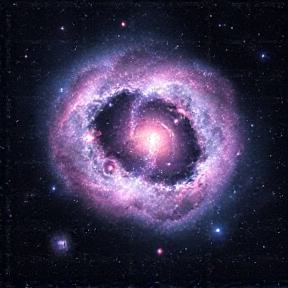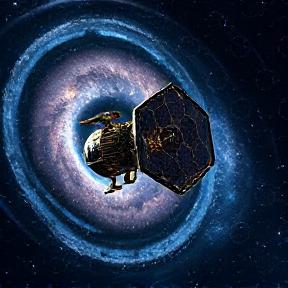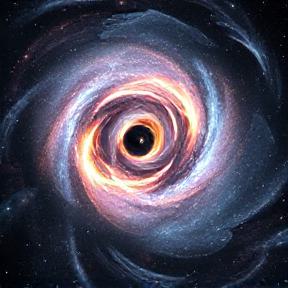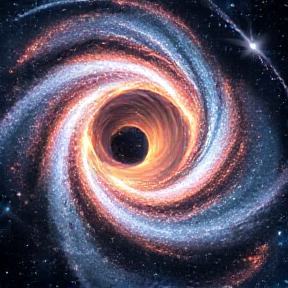GalaxyFormation

Hubble Surveys Cloudy Cluster
Hubble Surveys Cloudy Cluster Hubble Surveys Cloudy Cluster: A new image from NASA/ESA Hubble Space Telescope features a cloudy starscape from an impressive star cluster in the Large Magellanic Cloud, a dwarf galaxy about 160,000 light-years away. The image showcases the second-largest star-forming region in the galaxy, called N11, where gas clouds coalesce into new […]
🔬 Science

How can the James Webb Space Telescope see so far?
How can the James Webb Space Telescope see so far? The James Webb Space Telescope can see so far because it uses powerful cameras that don’t see light like our eyes do, but instead detect infrared light, which has longer wavelengths. The telescope’s enormous golden mirror collects ancient light from distant galaxies and reflects it […]
🔬 Science

Hubble Studies Small but Mighty Galaxy
Hubble Studies Small but Mighty Galaxy Hubble Space Telescope has released an image of NGC 4449, a small but mighty galaxy located 12.5 million light-years away. NGC 4449 is a starburst galaxy, meaning it’s forming new stars at a much faster rate than expected for its size, and this global burst of star formation is […]
🔬 Science

NASA’s Hubble Tracks a Roaming Magnetar of Unknown Origin
NASA’s Hubble Tracks a Roaming Magnetar of Unknown Origin Hubble tracked the movement of SGR 0501+4516, a magnetar, over thousands of years and found it couldn’t be associated with a nearby supernova remnant. The team’s research suggests that SGR 0501+4516 may have formed through accretion-induced collapse, a process where a white dwarf collapses into a […]
🔬 Science

NASA Webb Explores Effect of Strong Magnetic Fields on Star Formation
NASA Webb Explores Effect of Strong Magnetic Fields on Star Formation Explore This Section Webb News Latest News Latest Images Blog (offsite) Awards X (offsite – login reqd) Instagram (offsite – login reqd) Facebook (offsite- login reqd) Youtube (offsite) Overview About Who is James Webb? Fact Sheet Impacts+Benefits FAQ Science Overview and Goals Early Universe […]
🔬 Science
